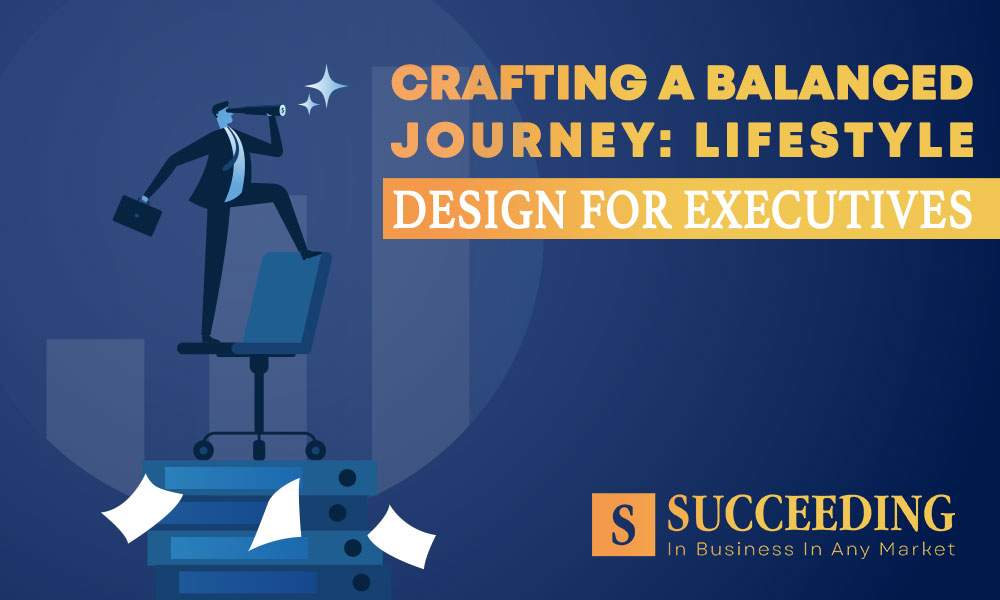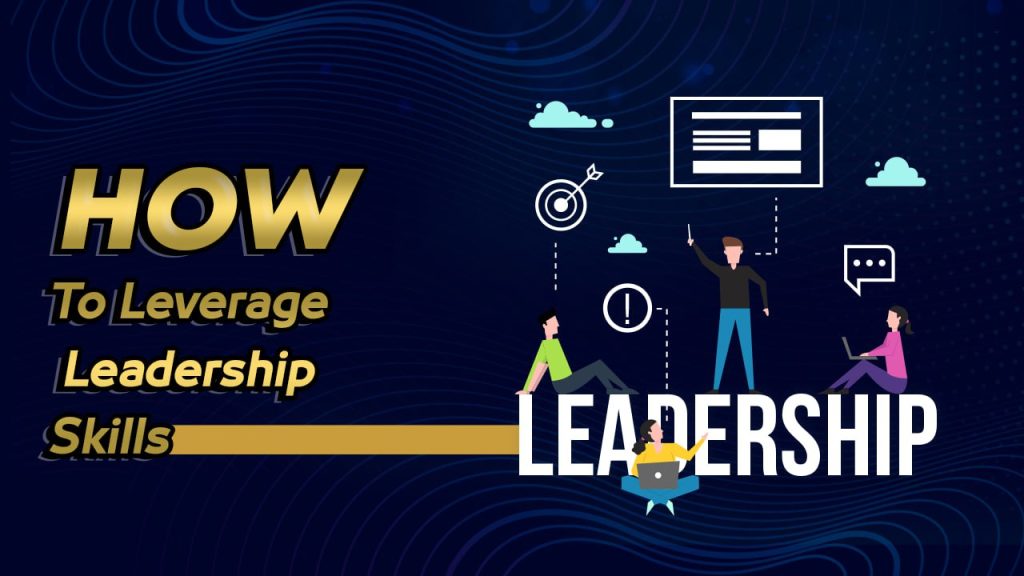In the fast-paced world of executive leadership, maintaining a healthy work-life balance can be a daunting challenge. However, a transformative approach known as Lifestyle Design offers a way for busy executives to intentionally craft a life that aligns with their professional responsibilities while prioritizing personal well-being. This article explores the concept of Lifestyle Design for executives, emphasizing the significance of intentional planning and a harmonious approach to work and life.

Defining Lifestyle Design for Executives
Lifestyle Design for executives involves a strategic and intentional approach to creating a balanced and fulfilling life. It acknowledges the unique demands of executive roles and seeks to optimize both personal and professional aspects through intentional planning. The goal is to enhance well-being, productivity, and overall satisfaction in both professional and personal domains.
Understanding Lifestyle Design for Executives
Lifestyle Design is about taking control of one’s life and intentionally shaping it in a way that aligns with personal values and professional commitments. For executives, this means recognizing the need for a holistic approach that goes beyond traditional work-life balance concepts. Lifestyle Design for executives is about creating a sustainable and fulfilling lifestyle that supports long-term success.
Identifying Key Areas for Lifestyle Design
Successful Lifestyle Design for executives requires a focus on key areas that impact overall well-being. These areas include time management, health and wellness, relationships, and continuous personal development. By prioritizing and optimizing these aspects, executives can create a more balanced and satisfying life.
Time Management Strategies
Effective time management is crucial for busy executives. Lifestyle Design encourages the implementation of strategies tailored to the fast-paced executive lifestyle. This includes leveraging productivity tools, setting clear priorities, and establishing boundaries to prevent burnout. Balancing work commitments with personal time is essential for sustaining high performance in the long run.
Prioritizing Health and Wellness
Recognizing the importance of executive well-being is central to Lifestyle Design. Executives are encouraged to incorporate fitness routines, adopt healthy eating habits, and practice stress management techniques. Prioritizing health not only enhances personal well-being but also positively impacts executive performance and resilience.
Nurturing Relationships
Balancing professional and personal relationships is a key component of Lifestyle Design. Executives are encouraged to invest time and effort in maintaining strong connections with family and friends. Healthy relationships contribute significantly to overall life satisfaction and provide crucial support during challenging times.
Continuous Learning and Personal Development
Lifestyle Design for executives emphasizes the importance of continuous learning and personal development. Engaging in activities that foster growth and resilience is vital. Executives are encouraged to nurture their intellectual curiosity, explore new interests, and commit to lifelong learning to enhance both personal and professional aspects of their lives.
Practical Tips for Lifestyle Design
Executives can implement practical tips to integrate Lifestyle Design into their busy lives. This includes actionable steps such as creating structured daily routines, setting realistic goals, and incorporating moments of self-reflection. Real-life examples of successful Lifestyle Design can inspire executives to tailor these tips to their unique preferences and work environments.
Overcoming Challenges in Lifestyle Design
Implementing Lifestyle Design may come with challenges, such as resistance to change and the need for flexibility. However, executives can overcome these obstacles by staying committed to their design goals, seeking support from mentors or peers, and adapting their strategies based on evolving needs and circumstances.
Case Studies of Successful Lifestyle Design
Examining case studies of executives who have successfully implemented Lifestyle Design principles provides valuable insights. These profiles showcase real-world examples of individuals who have effectively balanced their professional responsibilities with a fulfilling personal life, offering inspiration and actionable strategies for others.

Conclusion
In conclusion, Lifestyle Design for busy executives is not just a concept; it’s a transformative journey toward intentional and balanced living. By focusing on key areas such as time management, health, relationships, and personal development, executives can create a lifestyle that supports their professional success while nurturing their overall well-being.
Additional Resources
For executives interested in delving deeper into Lifestyle Design, the following resources are recommended:
Books:
- “The 4-Hour Workweek” by Timothy Ferriss
- “Essentialism: The Disciplined Pursuit of Less” by Greg McKeown
Online Platforms:
- Lifestyle Design subreddit
- TED Talks on Work-Life Balance
Educational Programs:
- Coursera – Time Management Fundamentals
FAQs
Q: What is Lifestyle Design for executives?
A: Lifestyle Design for executives is a strategic and intentional approach to crafting a balanced and fulfilling life that aligns with the demands of executive roles. It involves intentional planning in areas such as time management, health, relationships, and personal development to optimize both personal and professional aspects.
Q: How does lifestyle design contribute to executive well-being?
A: Lifestyle design enhances executive well-being by providing a framework for intentional living. It helps executives prioritize key areas of their lives, manage their time effectively, nurture important relationships, and invest in their health and personal development. This, in turn, contributes to overall life satisfaction and resilience in the face of professional challenges.
Q: What are some practical tips for executives to implement lifestyle design?
A: Practical tips include effective time management strategies, prioritizing health and wellness, nurturing relationships, engaging in continuous learning, and customizing these strategies based on individual preferences and work environments. Executives can also seek inspiration from real-life examples of successful lifestyle design.
Q: How can executives overcome challenges in implementing lifestyle design?
A: Executives can overcome challenges by recognizing the adaptive nature of lifestyle design and being flexible in their approach. Strategies include staying committed to design goals, seeking support from mentors or peers, and continuously refining the design based on evolving needs and circumstances.
Q: Are there resources available for executives interested in lifestyle design?
A: Yes, there are various resources, including recommended books, articles, tools, online platforms for networking, and educational programs focused on time management and work-life balance. These resources can provide valuable insights and guidance for executives looking to embark on their personalized lifestyle design journey.




